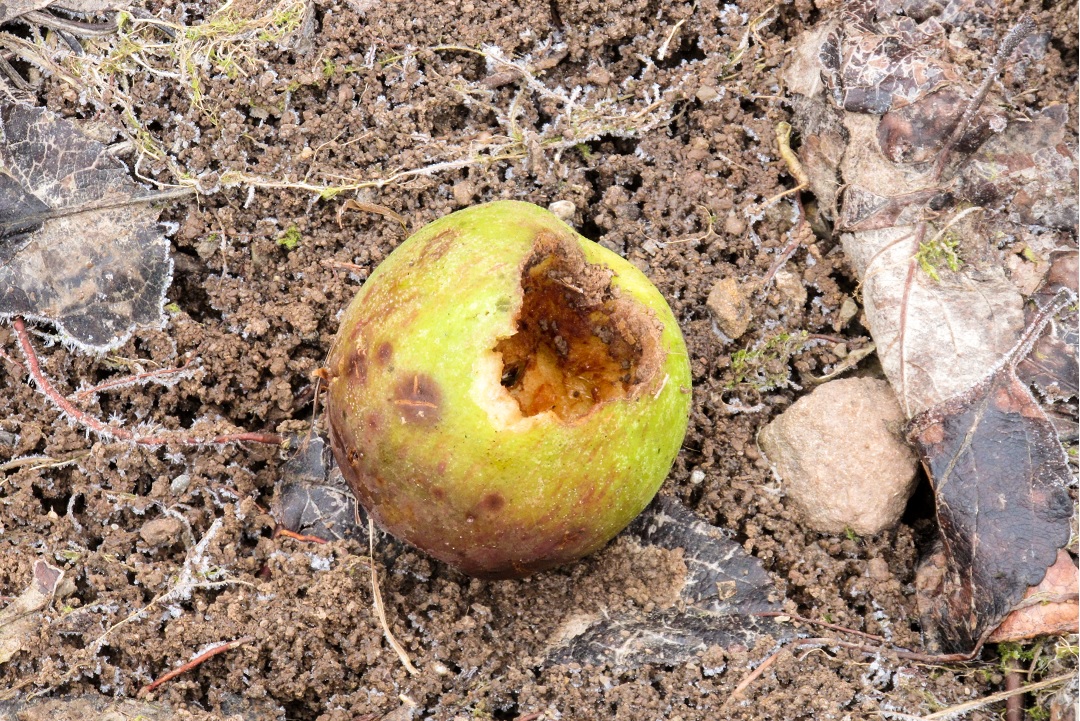
Reducing Food Waste in Foodservice
October 16, 2018 by Doreen Garelick, Dietetic Intern
Our intern Doreen attended a food waste summit for restaurants and compiled these tips to help food service operators redirect…
July 1, 2016

Farm to fork. Many of us have heard this phrase used before and take it to mean transparency and sustainability in the food supply chain. It implies a product, grown locally and in a way that cares for the environment. It gives us fuzzy feelings and makes us appreciate the food on our plate, but it fails to discuss what happens to the food left on our plate after the meal. So, what about food waste? Farm to landfill. To address this, we have put together a three part series to discuss global and domestic food waste along the food supply chain and ways in which you can reduce food waste in your foodservice operation.
If you’re involved in the world of food, you’ve likely been hearing or reading headlines on this subject. Food waste is just one of the recently trending topics in the sustainable food movement. Like others such as local, organic, or GMO, food waste is a complex reflection of many aspects of our food system and the supply chain, which has an abundance of upstream and downstream consequences. But we’ll save the food supply chain for the second installment. To start, let’s focus on the scale at which food is being wasted and the consequences that ensue.
As of 2012, it is estimated that a whopping one third of all food grown globally is wasted. Think about that for just a moment. Imagine checking out at the grocery store, getting home, and tossing a third of the items you just purchased directly in the trash. This is effectively what is happening worldwide. In the United States alone, as much as 40% of all food goes to waste. This equals more than a staggering 20 lbs per person per month. Edible food going to waste is heartbreaking enough, but considering that 48.8 million Americans live in food insecure households, it seems unconscionable.
Ultimately, wasted food means wasted resources. Non-renewables such as water, land, and fossil fuels are eaten up by farming. Approximately 80% of the freshwater consumed in the U.S. goes to farming, meaning only 20% is used for our everyday activities such as drinking, showering, washing cars, and watering lawns. Additionally, 50% of U.S. land is devoted to farming, whether it be for animals, grains, dairy, or produce. So when we throw out an apple, we aren’t just wasting the apple itself, but all the natural resources that have got into growing that apple.
Beyond just natural resources, current farming practices in the U.S. and elsewhere require large amounts of synthetic fertilizers, pesticides, herbicides, fungicides, and antibiotics, all of which can have a significant impact on the health of the ecosystem and humans. For example, antibiotics used in animal farming are attributed in part to the recent rise of ‘super bugs’, or antibiotic resistant bacteria, yet meat, dairy, and eggs accounted for 39% of total food wasted in 2011. It seems logical that if we reduced the amount of food wasted and used more of what was produced, we wouldn’t need as many antibiotics in farming as we currently do.
But what about the final resting place for all of this discarded food. I mean, it has to go somewhere, right? For the large majority of unconsumed food, the ultimate destination is the landfill, along with all of our other unwanted or unused consumables. In fact, upwards of 97% of all food waste ends up landfills. Once these organic products find their way to the landfill, the anaerobic digestion process that takes place results in methane production, a greenhouse gas many times more powerful than carbon dioxide. Wasted food makes up 16% of U.S. methane emissions. Yet even in current times, with such widespread awareness of fossil fuel emissions and global warming, food waste remains low on the radar.
Whew, that’s some serious doom and gloom, eh? The great news is that there are things that can be done across our food supply chain to reduce overall food waste. The next post in this series will walk you through the food chain, from farm to fork, and take a closer look at the points where food is most wasted.

October 16, 2018 by Doreen Garelick, Dietetic Intern
Our intern Doreen attended a food waste summit for restaurants and compiled these tips to help food service operators redirect food waste from landfills.
Nutrition 101

Nutrition 101
September 26, 2018 by Doreen Garelick, Dietetic Intern
Ever notice headlines about rapid weightloss? Dietetic Intern Doreen Garelick looks deeper into a recent eye-catching headline to see if there's any truth behind it.
Connect
 Follow us on Twitter
Follow us on Twitter Friend us on Facebook
Friend us on Facebook Follow us on Pinterest
Follow us on Pinterest Follow us on Instagram
Follow us on Instagram Read our Blog
Read our Blog Watch videos on YouTube
Watch videos on YouTube Watch videos on Vimeo
Watch videos on Vimeo Connect with us on Linkedin
Connect with us on Linkedin Find us on Foursquare
Find us on Foursquare
Tweets by @SPEcertifiedBlog Search
Categories
SPE Certified Newsletter
Sign up for news on the latest SPE-certified venues, events and SPE updates.
We will never share your personal information with a third party.